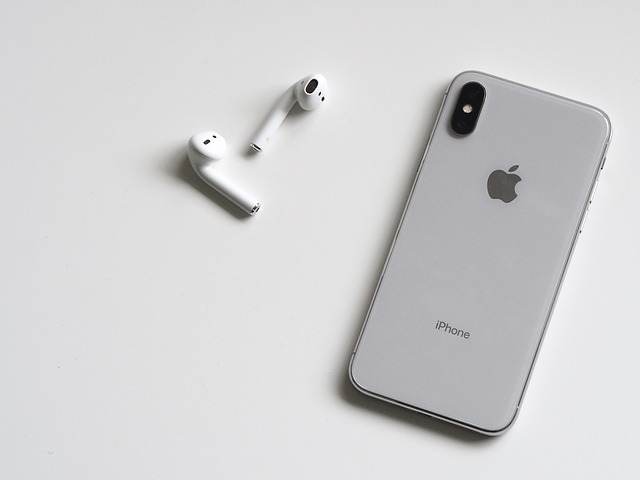Will the iPhone X Really be Discontinued this Year?

When Apple launched the iPhone X last year, it was lauded as the future of the smartphone market and a fitting celebration of the product’s 10-year anniversary.
While there’s no doubt that the handset boasts an enduringly impressive specification and range of features, the model has encountered numerous issues in terms of design, retail price and the cost of manufacturing. These appear to have come to a head recently, with one of Apple’s top suppliers claiming that the X range could well be discontinued if their own earnings are anything to go by.
In the article below, we’ll appraise the future of the iPhone X in further detail, while asking whether or not 2018 could really mark the discontinuation of this handset.
The Rumour Mill – Why is it Focused on the iPhone X?
The supplier in question is Taiwan Semiconductor Manufacturing (TSMC), who remain the world’s largest semiconductor foundry company and a key partner of Apple.
This firm has recently revised its full-year revenue target to the low end of its 2018 forecast, causing the value of its shares to close 6.3% lower towards the end of April.
At the same time, TSMC’s inventory levels have peaked recently, with a sustained decline in demand responsible for this issue.
This can be attributed almost exclusively to the fact that Apple have deigned not to purchase components for future iPhone X models, triggering rumours that the device will be discontinued at the end of 2018 (after the proposed release of the iPhone X Plus, which experts believe will form part of Apple’s official autumn product launches).
Cost and Sales – The Challenges Facing the iPhone X
This assertion makes perfect sense, particularly considering the disappointing sales figures associated with the iPhone X since its launch in 2017. At the heart of this issue is the cost of building this revolutionary handset and its recommended retail price of $999, as this has established the iPhone X as an extremely expensive device that may be beyond the means of many consumers.
After an initial surge that saw Apple shift an estimated 27 million units during the final quarter of 2017, sales declined by almost 50% at the beginning of 2018. This fall in demand caught the brand off-guard, leaving them with an excess of stock that is proving increasingly difficult to shift.
This is reflected by the fact that Apple capped production at just eight million units for the second quarter, with Samsung joining the aforementioned supplier TSCM in reporting diminished demand for key components of the iPhone X.
The Korean company remains the sole provider of the advanced OLED screen used in the device, and has confirmed that it expects to sell less units to its rivals in the upcoming quarters.
This is where the issue of manufacturing cost comes into play, as usually Apple would reduce the cost of the iPhone X in order to boost sales. This move has not materialised, however, and while distributors are offering discounted deals and SIM-only contracts to help reduce the retail price of the device we’ve seen almost no movement on the outright cost of the handset.
This is because such a strategy would place a significant squeeze on Apple’s margins, as the inflated cost of building the iPhone X leaves barely any room for manoeuvre.
According to IHS Markit, the cost of procuring components and building the iPhone X is around $370, with the advanced OLED display and facial recognition technology particularly expensive. To put this into context, the cost of producing the iPhone 5 came in at just $198.70 per unit, while even later models have set the brand back around $200 for each handset.
This has trapped Apple in a pincer movement, as while they could focus on utilising cheaper LCD displays or removing facial recognition technology when designing future iterations, these represent unique selling points of the iPhone X range. At the same time, the brand cannot realistically discount the recommended retail price without changing these features, so it may be considering ending this range before they incur heavy losses.
The Bottom Line
While it remains to be seen whether or not the iPhone X will be discontinued this year, there remains a strong likelihood that this could happen.
We know that Apple is likely to introduce the larger, 6.1-inch iPhone X Plus this autumn, along with a sequel to the decidedly popular, compact and affordable SE model released back in 2015. Beyond this the brand’s strategy is relatively unknown, although Apple is expected to follow last years’ trend by launching three new handsets in 2018.
One option is that Apple rebrands the iPhone X range, in way that reduces production costs without compromising to significantly on the device’s spec. This would create a more affordable iteration of the iPhone X, and while it would represent a significant design challenge it would enable the range to remain relevant.
Would you like to receive similar articles by email?





